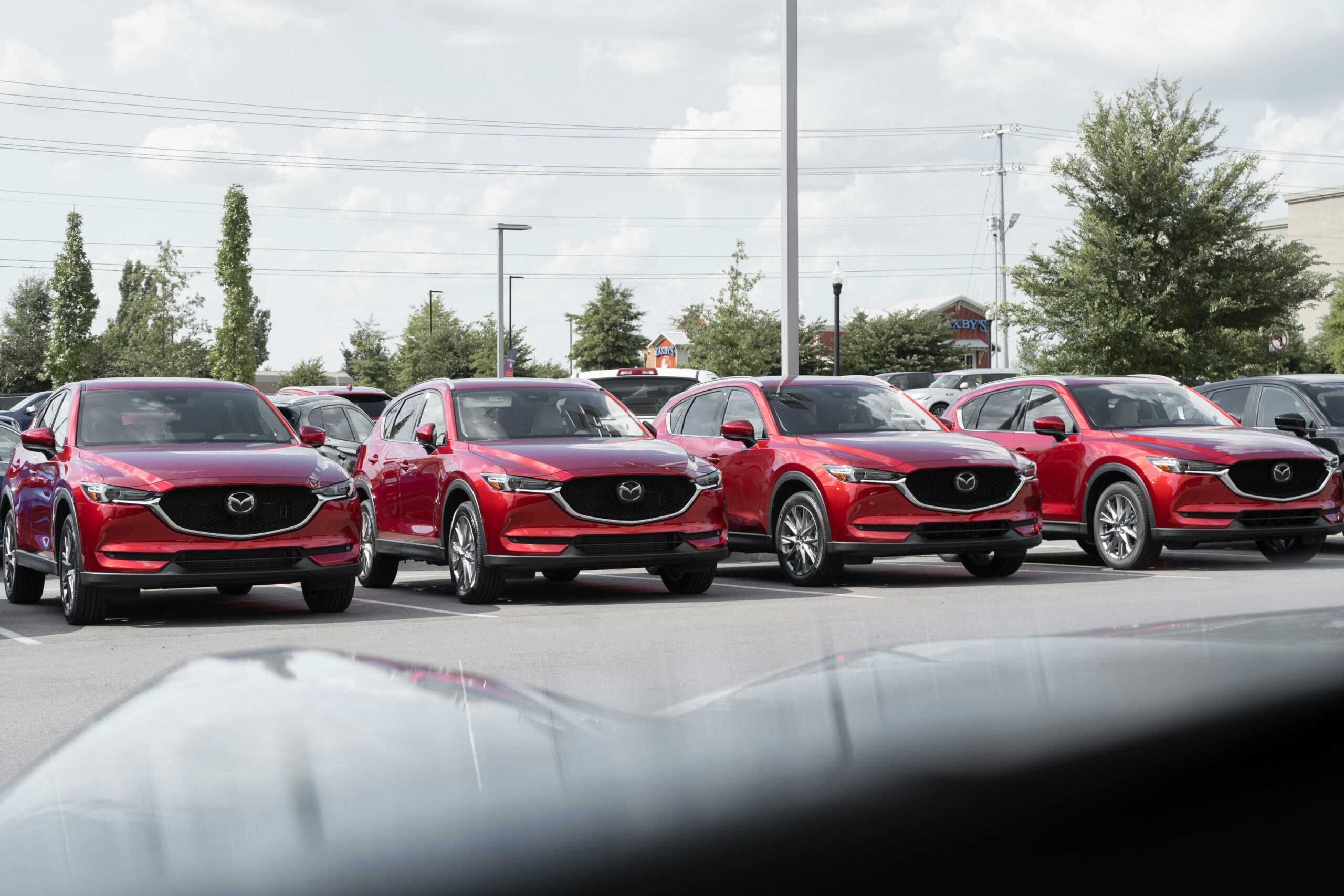If you don’t already have a car insurance policy, you’re legally required to purchase one for any car you buy before driving off the lot. But if you already carry insurance for another vehicle, you may be entitled to a grace period of up to 30 days before you must add your new car to your insurance.
How new car grace periods work for insurance
A new car auto insurance grace period allows you to update your policy information after purchasing a vehicle without interruption of coverage. That way, if you’re already covered, all you have to do is worry about buying the car — for now.
While it’s a great idea to purchase insurance before heading to the dealership, some insurance companies allow you to legally drive your new vehicle for up to 30 days without updating your auto policy.
Your new car will only be covered by the type of coverage you already have, so while a grace period is convenient, don’t rely too heavily on this temporary coverage. Register your new vehicle and cover it under your policy or find new coverage as soon as possible to avoid an unintentional coverage lapse. Buying a car is a smart time to shop around for car insurance quotes to see what kind of rates you can get for your new ride.
Car insurance companies with new car grace periods
Most insurance providers offer a new car grace period of some kind, although the terms of this grace period vary depending on the insurance company.
Here are some examples of grace periods offered by different car insurance providers.
| Insurance company | New car grace period |
| State Farm | 14 days (actual grace period varies by state). |
| Progressive | 30 days. |
| Allstate | Between 7 and 30 days. |
| Travelers | Unspecified. |
| Nationwide | 30 days. |
| Farmers | 30 days. |
| Liberty Mutual | 30 days. |
| Geico | Up to 30 days. |
Even if you don’t see your provider on this list, it may offer a grace period of some kind. Contact your insurance agent to learn more about your options.
Coverage during a grace period
Most grace period insurance covers your new car under the highest level of coverage that your current policy contains — meaning if you have a full coverage policy with collision and comprehensive coverages, your new vehicle will be protected with the same coverage limits and deductible.
However, if your policy is a state-required minimum policy, you may be covered with liability car insurance only, and if you’re financing or leasing the new car, this won’t be enough.
If you have a loan or lease on your vehicle, the lender will require
Preventing a lapse in coverage
If you fail to officially add the new car to your policy before your grace period ends, you’ll experience an insurance lapse. Once your insurer finds out, they may cancel your policy entirely — and in either case, the lapse will go on your record and make it difficult for you to find cheap car insurance in the future.
The longer your insurance lapse, the higher your future insurance rates will be, though any lapse at all results in a higher insurance premium.
Here’s what happens if car insurance lapses.
- Financial risk. If you cause an accident, you may be held personally liable for damages, injuries, legal fees, and potential wage garnishment.
- Legal penalties. License suspension, fines, and the need to file an SR-22 (which would cause car insurance rates to hike for years) are on the table.
- Increased rates. You’ll be seen as a “higher-risk” driver and thus, pay significantly higher insurance rates.
Accidents during the grace period
What happens if you get into an accident during your new car insurance grace period? If you get into a fender bender or a major collision during your new car insurance grace period, contact your insurance provider.
The insurance claims process should be similar to standard procedure.
Methodology
Data included in this analysis comes from policies that Jerry has quoted within the last 18 months. Jerry services 48 states and offers a range of insurance companies to choose from.

Megan Lee is an editor, writer, and SEO expert who specializes in insurance, personal finance, travel, and healthcare. She has been published in U.S. News & World Report, USA Today and elsewhere, and has spoken at conferences like that of NAFSA: Association of International Educators. Megan has built and directed remote content teams and editorial strategies for several websites, including NerdWallet. When she`s not crafting her next piece of content, Megan adventures around her Midwest home base where she likes to drink cortados, attend theme parties, ride her bike and cook Asian food.

Lacie Glover is a Lead Writer and Editor with sixteen years’ experience in the insurance category. Prior to Jerry, she spent more than a decade on NerdWallet’s content team writing, editing and then overseeing the auto insurance category, as well as dabbling in other insurance and automotive topics. Prior to her career in the online personal finance content space, Lacie spent time in the hard sciences, in clinical research and chemistry labs. She has a bachelor’s degree from Colorado State University.








